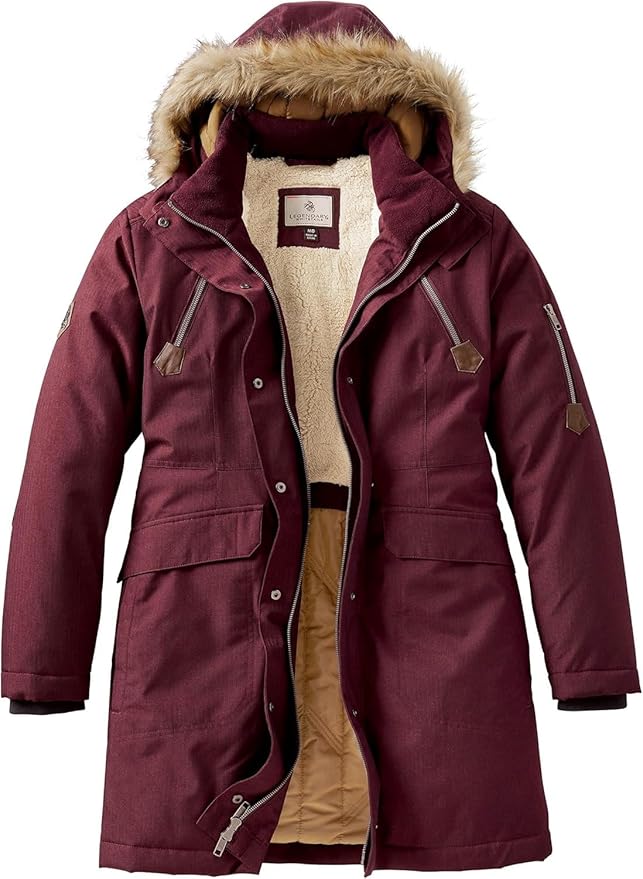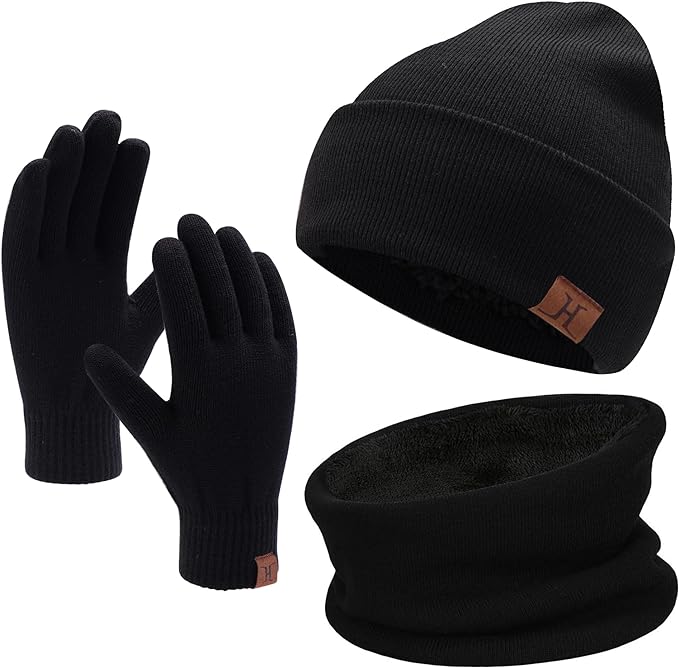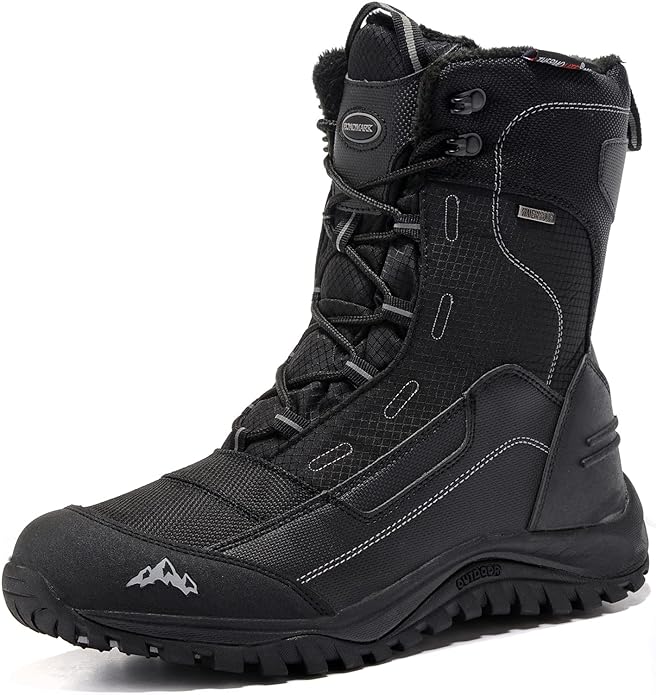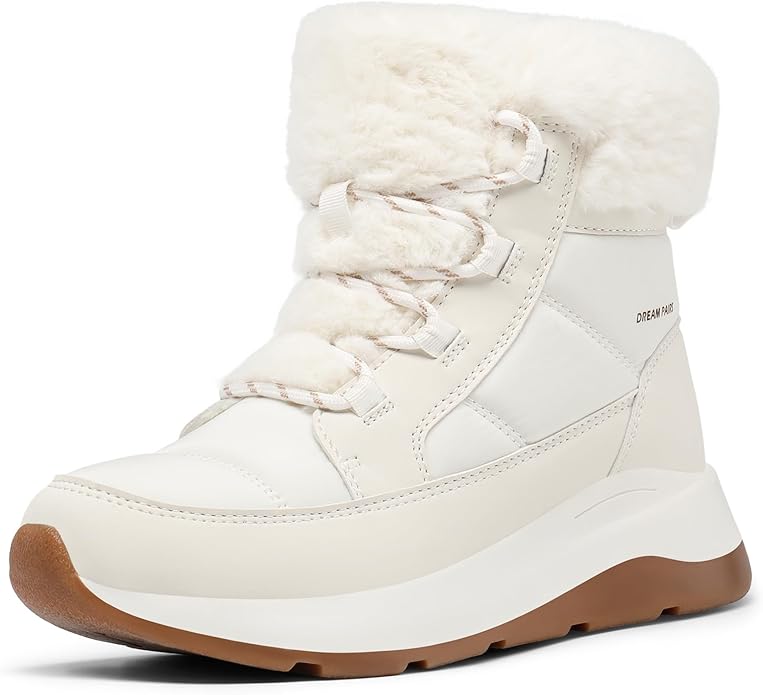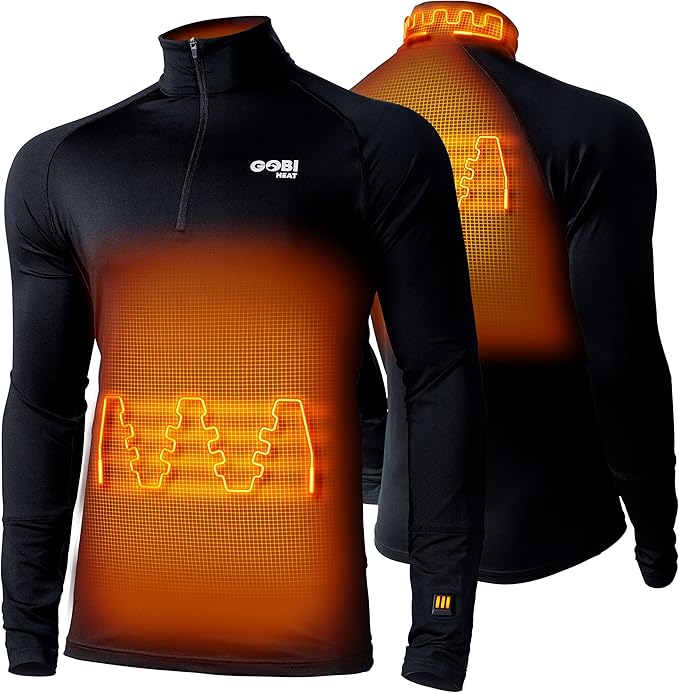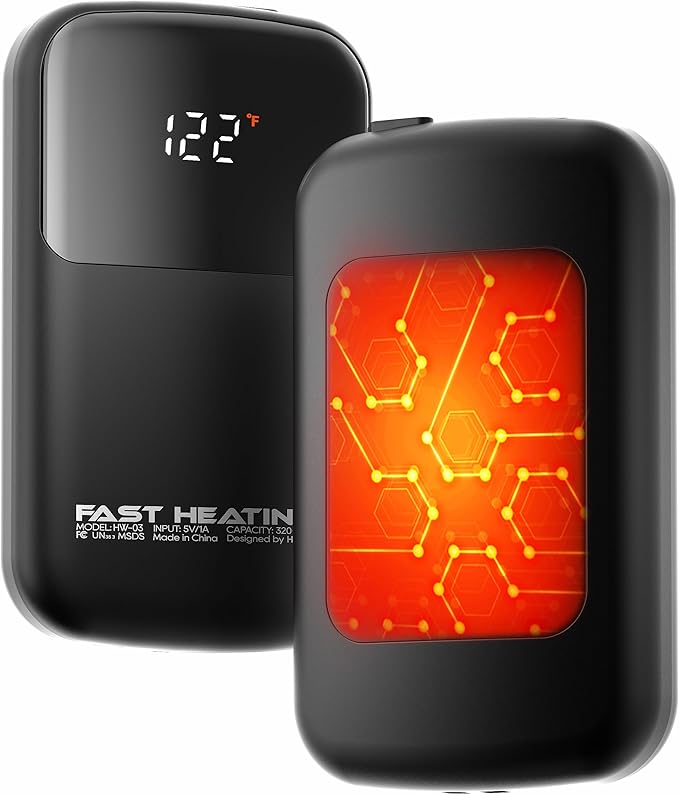What is the best time of year to see the northern lights in Iceland
The best time of year to see the Northern Lights, or Aurora Borealis, is during the winter months when nights are long and the skies are darkest. The Northern Lights are a natural phenomenon caused by the interaction of charged particles from the solar wind with the Earth’s magnetosphere. Several factors contribute to the optimal viewing conditions for the Northern Lights:
Aurora Season:
– The prime time to see the Northern Lights is during the aurora season, which typically spans from late September to early April. During this period, the nights are longer in the polar regions, providing more extended periods of darkness for aurora observation.
Long Nights and Darkness:
– In the far northern and southern latitudes, especially near the Arctic Circle, the winter months bring extended periods of darkness. This darkness allows for better visibility of the Northern Lights, as there is less interference from sunlight.
Geomagnetic Storms:
– The likelihood of observing vibrant and intense Northern Lights increases during periods of high solar activity and geomagnetic storms. Solar maximum, a phase of increased solar activity that occurs roughly every 11 years, enhances the chances of witnessing more dynamic auroras.
Clear Skies:
– Clear, dark skies are essential for optimal Northern Lights viewing. Choose locations with minimal light pollution and favorable weather conditions. Northern regions with less cloud cover provide better opportunities to see the auroras.
Late Autumn to Early Spring:
– While the peak of the aurora season is from late September to early April, the best time within this period can vary depending on factors like weather conditions, moon phases, and solar activity. Late autumn (October and November) and early spring (September and March) are often considered excellent times to witness the Northern Lights in Iceland.
New Moon Periods:
– During the aurora season, it’s beneficial to plan your visit during new moon periods. A new moon means minimal moonlight, allowing for darker skies and better visibility of the fainter auroras.
Polar Regions:
– Optimal locations for Northern Lights viewing are near the magnetic poles, particularly in countries or regions within or near the Arctic Circle. Countries like Norway, Sweden, Finland, Iceland, Canada (Yukon and Northwest Territories), and Alaska offer excellent opportunities for observing the auroras.
Remember that the Northern Lights are a natural phenomenon, and their visibility can vary based on solar activity, geomagnetic conditions, and atmospheric factors. Planning ahead, checking aurora forecasts, and being flexible with your travel dates can increase your chances of experiencing this awe-inspiring celestial display.



